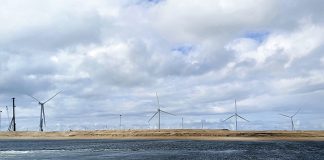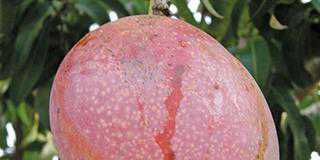The giant sable is one of Africa’smost spectacular large antelope, characterised most strikingly by its impressive horn length and shape. But highly localised distribution and interbreeding with its congener the roan antelope has led to this subspecies, (Hippotragus niger variani) being described as critically endangered on the Red List of Threatened Species.
In an article published in the South African Journal of Wildlife Research, the authors note that before 2006 it was thought that the animals had been wiped out in the Angolan civil war. However, in 2006, a hidden camera took photographs of individuals of two very small populations, comprising a total estimated size of fewer than 250 animals.
Although considered to be restricted to the central part of Angola, between the Cangandala National Park and the Luando Integral Nature Reserve, sightings of antelope resembling the giant sable have been reported over a much larger area in recent years. This prompted speculation by conservationists that animals found in western Zambia, looking almost identical to the Angolan group, were also giant sable that could significantly boost giant sable numbers.
Unfortunately, research at Stellenbosch University, which compared the genetic composition of these animals, proved that despite their physical similarities, the two populations differed genetically. Professor Bettine Jansen van Vuuren, a researcher who worked on this project and an author of the research paper, says their latest genetic tests show that although the west Zambian antelope, also with dark faces and hide colour, bear a strong resemblance to the rare giant sable, they belong to the same subspecies as the more reddish southern sable antelope (Hippotragus niger niger), which also occur in South Africa.
The latest Stellenbosch study shows that there are great external differences in the various populations of southern sable antelope that occur right across southern and central Africa.“It’s not only genetics that determine what an animal looks like; the environment in which it occurs also plays a role,” emphasises Prof Jansen van Vuuren.
Genetic testing is therefore a more accurate indication of type than external phenotypical characteristics are, the researchers say. The findings also hold implications for the conservation of sable antelope and highlight the need for immediate active management and direct intervention, without which the future of this spectacular antelope remains bleak.
Sources: Western Zambian sable: Geographic extension of the giant sable? – South African Journal of Wildlife Research Vol. 40, No. 1, April 2010, by Professors Bettine Jansen van Vuuren, Terry Robinson and Conrad Matthee of the Department of Botany and Zoology at Stellenbosch University in collaboration with Mr Pedro Vaz Pinto of the Universidade Catolica de Angola and American scientist Dr Richard Estes.Contact Engela Duvenage at the Stellenbosch University, faculty of science on 021 808 2684 or [email protected].













